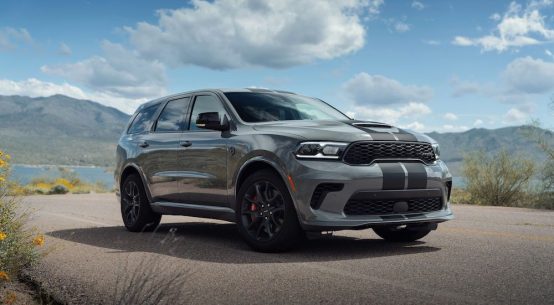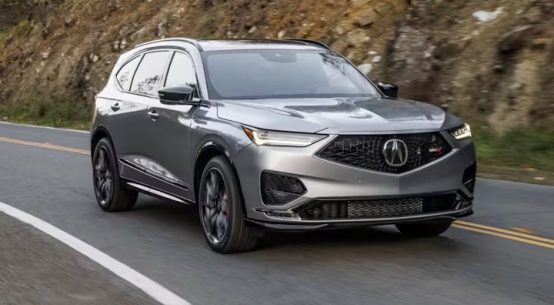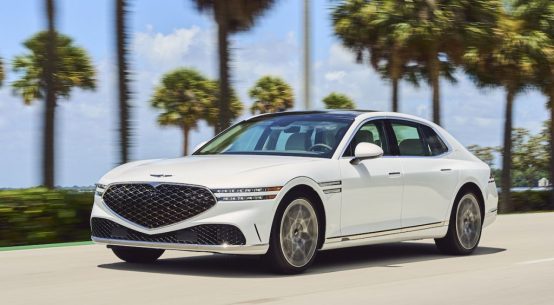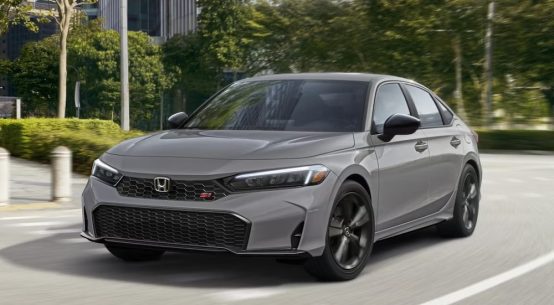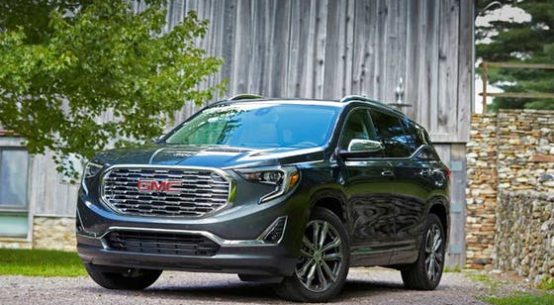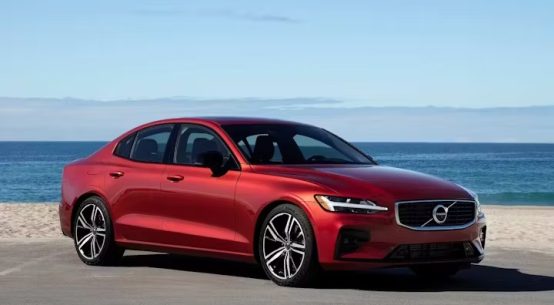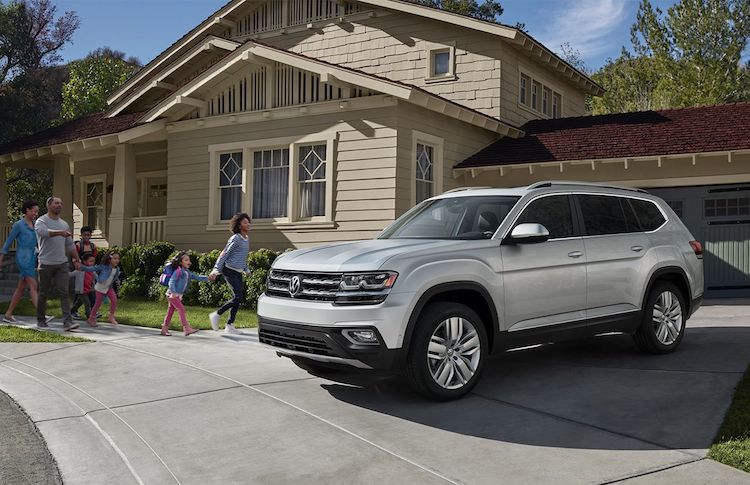
The midsize three-row SUV has become the de facto choice for growing families, and there is no shortage of choices. The 2020 Volkswagen Atlas gets high marks in Edmunds’ rankings and will undoubtedly meet expectations for hauling people and cargo. Most notably in its list of strengths is space. Adults will have plenty of room in all three rows, and the cargo capacity is as usable in real life as its impressive figures on paper suggest.
- WHAT’S NEW:
- VW’s Car-Net communications system and in-car Wi-Fi hotspot now standard
- Other minor revisions to standard feature availability
- Part of the first Atlas generation introduced for 2018
Pros & Cons
- Spacious interior offers ample room for passengers in all three rows
- Great compromise between precise handling and everyday comfort
- Straightforward cabin design makes everything easy to use
- Not very quick to accelerate, even with the optional V6
- Lags some competitors in fuel economy
The following is from Car and Driver: With three basic trim levels, VW keeps things fairly straightforward for buyers. The turbocharged 2.0-liter engine is offered only with front-wheel drive; if you want all-wheel drive (which VW calls 4Motion), you’ll have to go with a more expensive V-6 model. The mid-level SE, adds useful features such as the V-6, keyless ignition with passive entry, heated front seats with power adjustments for the driver, an infotainment system with an 8.0-inch touchscreen, and three additional USB ports.
The Atlas comes with one of two engines—a 235-hp four-cylinder or a 276-hp V-6; an eight-speed automatic transmission is standard but all-wheel drive is only offered with the V-6. The V-6 feels and sounds refined, transmitting nary a shiver into the cabin. Though the Atlas fairly sauntered from zero to 60 mph in testing—7.9 seconds for an all-wheel-drive V-6 model and 7.2 seconds for a four-cylinder front-wheel-drive one—out on the road it rarely feels underpowered. While it’s not as fun to drive as the Mazda CX-9, the Atlas responds obediently to steering inputs and never feels clumsy. It is composed on the highway and feels nimble in the city. Ride comfort is smooth, and all but the harshest potholes are absorbed and dispensed with.
The Atlas’s fuel-economy ratings aren’t groundbreaking for this class of big-box family haulers, but its real-world performance isn’t far off from the segment’s fuel sippers. Both the V-6 and the four-cylinder models bested their EPA ratings in our 200-mile highway fuel-economy test; the V-6 Atlas returned 24 mpg and the four-cylinder model delivered 27 mpg.
Family-friendly interior space, a straightforward layout of its controls, and an overabundance of cupholders make the Atlas a practical choice, even among other highly practical rivals. Plus, a third row of seats that can comfortably accommodate real live adults is an impressive selling feature. The interior design of the Atlas is uncomplicated and utilitarian—perfect for families but less so for style mavens. The interior of the Atlas should accommodate just about anything a suburban family can throw at it, and there are plenty of thoughtfully placed storage nooks to stash small items. In our carry-on-luggage testing, the Atlas impressed us by tying with the enormous Honda Pilot. We fit four of our carry-on suitcases behind the third row of seats and 38 when we folded the second and third rows.
No matter which trim you choose, the Atlas comes well connected and ready to entertain. The touchscreen interface is intuitive and about as responsive as an average smartphone. Base S models feature a 6.5-inch touchscreen with Apple CarPlay and Android Auto, a six-speaker stereo, Bluetooth phone and audio connectivity, a Wi-Fi hotspot, and a USB port. Upgrade to the SE or SEL models and the infotainment display grows to 8.0 inches, three additional USB ports sprout from the center console, and SiriusXM satellite radio and two additional speakers pump up the volume.
The National Highway Traffic Safety Administration gave the Atlas a five-star rating, but it failed to earn the Insurance Institute for Highway Safety’s Top Safety Pick award due to substandard results in the agency’s headlamps tests. Automated emergency braking and forward-collision warning are optional driver-assistance features not offered on many of the Accent’s rivals. Key safety features include:
- Available forward-collision warning
- Available automated emergency braking
Volkswagen has revised its warranty package for 2020. The six-year/72,000-mile bumper-to-bumper warranty has been shortened to 4 years or 50,000 miles, but Volkswagen is now providing two years of complimentary scheduled maintenance.
- Limited warranty covers 4 years or 50,000 miles
- Powertrain warranty covers 4 years or 50,000 miles
- Complimentary scheduled maintenance is covered for 2 years or 20,000 miles
